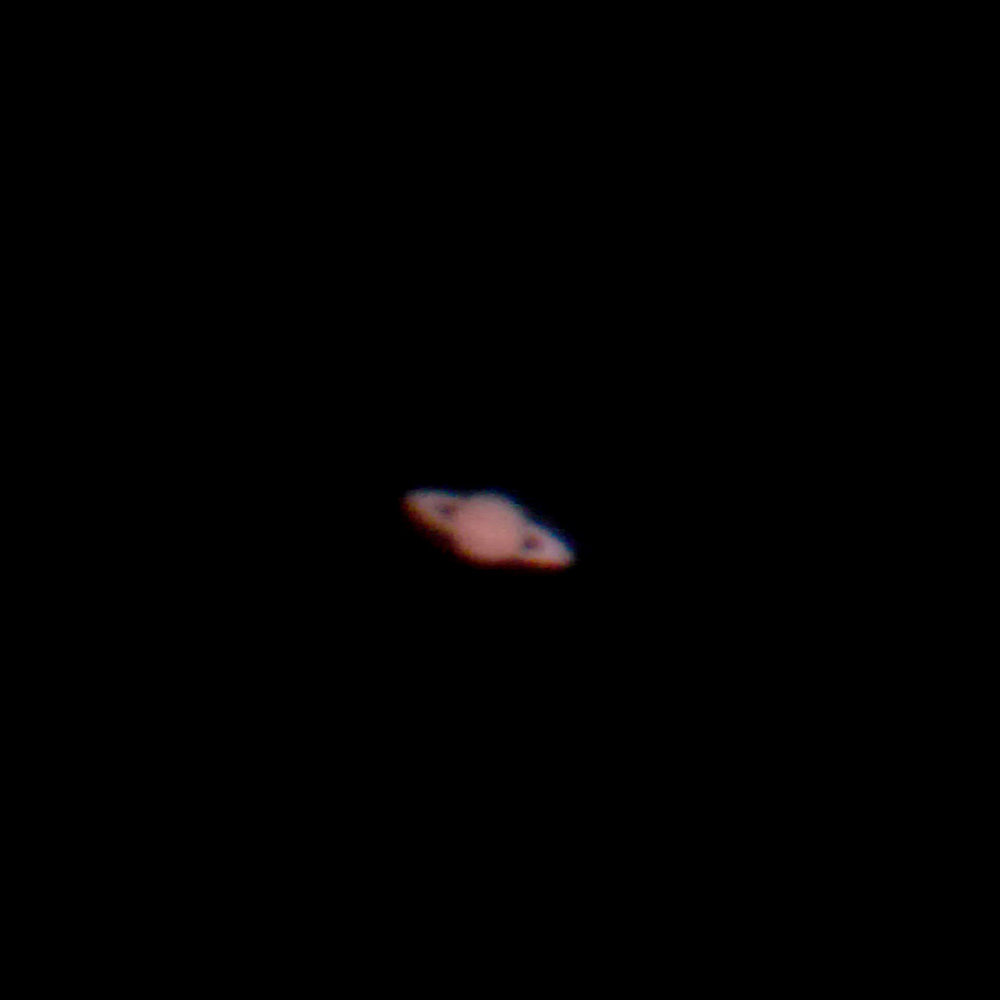


You can modify the exoplanets.json file manually using a text editor. Find the stars with exoplanets by their designation (24 Sex as example).Enable the tool by clicking the tool-bar button "Load at startup".
.jpg)
You can edit config.ini file by yourself for changes of the settings for the Exoplanets plugin - just make it carefully!Įnable updates of exoplanets catalog from InternetĮnable showing button of exoplanets on bottom barĮnable displaying exoplanets at startup of the pluginĬolor for marker of star with planetary systemĬolor for marker of star with planetary system with potential habitable exoplanets ESI depends on the planet's radius, density, escape velocity, and surface temperature. Earth Similarity Index (ESI) - Similarity to Earth on a scale from 0 to 1, with 1 being the most Earth-like.Mean Surface Temperature - Temperature in (K) based on a similar terrestrial atmosphere to planet mass ratio and a greenhouse effect due to 1 percent of CO 2 (assuming an albedo of 0.3 in all cases).Non-habitable planets are simply given the class X (or NH). Mesoplanets would be ideal for complex life, whereas class O or E would only support extremophilic life. Habitable Class - Classifies habitable planets based on temperature: hypopsychroplanets (O or hP) = very cold (less −50☌) psychroplanets (P) = cold mesoplanets (M) = medium-temperature (0–50☌) thermoplanets (T) = hot hyperthermoplanets (E or hT) = very hot (above 100☌).Since version 0.2.0 (Stellarium 0.13.0) this plugin can display potential habitable exoplanets (orange marker) and some information about those planets - habitable class, mean surface temperature and Earth Similarity Index. List of potential habitable exoplanets and data about them were taken from " The Habitable Exoplanets Catalog" by Planetary Habitability Laboratory. Exoplanets data is derived from " The Extrasolar Planets Encyclopaedia". This plugin plots the position of stars with exoplanets.


 0 kommentar(er)
0 kommentar(er)
